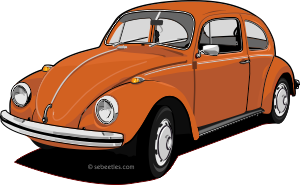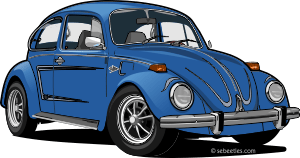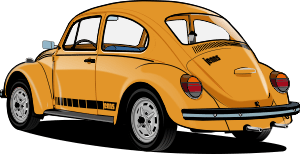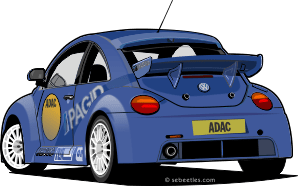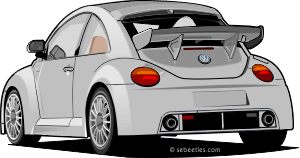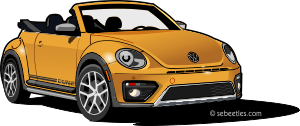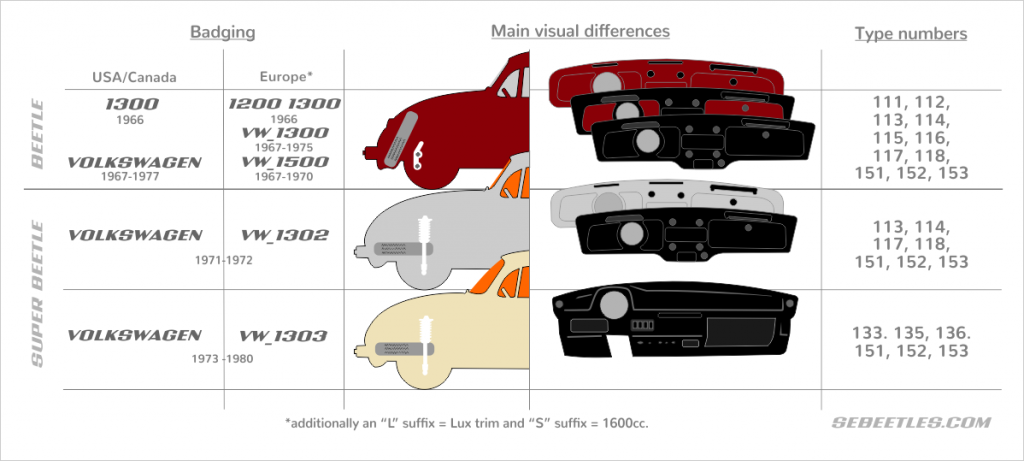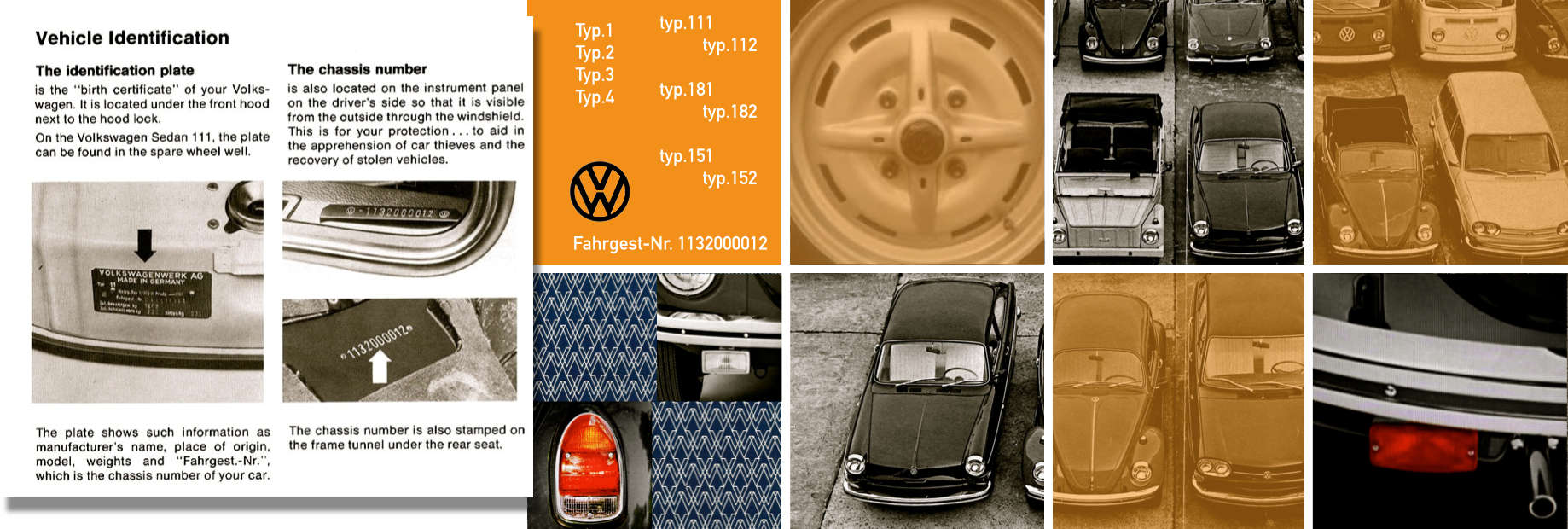
VW Beetle model types explained.
This was, in the 1970’s, a fairly well understood subject but with the passage of time and successive generations of both new generation Volkswagen car types and new generation Volkswagen owners it has become somewhat clouded and often misunderstood.
We hope this section helps clarifies the matter.
1945-1949
The British Army REME personnel who put the Wolfsburg factory back into operation devised a list of vehicle model types to help them organise and manage servicing and then restore production.
1949-1979
When the German Federal Republic was established by uniting the former British, French and American Allied Occupation Zones in 1949 Volkswagenwerk was transfered back to German ownership.
With this change of management came a revised list of vehicle model types and new numbering system. The final version of which, for the Beetle, lasted from the 1967 model year through to the cessation of European air-cooled production in 1979 – and the introduction of the modern VIN system.
This saw the Volkswagen European manufactured air-cooled model range eventually evolve into the 4 basic Types (Typ. or typ.) described below.
Within these four Volkswagen Types, the individual models were identified by a three-digit code – the first digit of the sequence always being the main Type number. After 1966 the first two digits of the Type number sequence were used as the first two digits of the chassis number.
Models were identified by that three-digit coding system according to main body or engineering variations – and depending on whether they were Left or Right-Hand Drive.
These four basic air-cooled European Volkswagen Types are:
the Typ.1 series – Beetle and its derivatives including the Beetles saloon (sedan) and cabriolet, typ.1 Karmann Ghia, Klien-Lieferwagen “Fridolin” and the Mehrzweck-Fahrzeug/Kurierwagen
the Typ.2 series – transporter in all its body variations.
(Typ.2 was universal coinage phraseology until Volkswagen introducted the fourth generation commercial/transporter in 1990 calling it the T4. Terminology consistent with this new badging became retrospectively applied as T1, T2 and T3 to vehicles that were all just known until that date as typ.2’s and in doing so prompted confusion in latter days).
the Typ.3 series – introduced as a bigger brother (or sister) to the Beetle in 1961 and phased out in 1973 to make way for the new generation water cooled models. Available in 2 door “3 box” Notchback (sedan/saloon), 2 door Variant (estate) and 2 door Fastback body styles and supplemented by the typ.3 “Razor Edge” Karmann Ghia.
the Typ.4 series – introduced as the even bigger brother (or sister) of the European Volkswagen air-cooled family in 1968 and phased out in 1974 also to make way for the new generation water cooled models. Available as 2 and 4 door saloon and 3 door Variant (Estate)
The three-digit code Typ.1 numbers relevant to SEBs 1970 -1979 are :
The non-Beetle typ.1 models for sake of completeness:
“M” Options and “S” packs
The specification (or recipe) to manufacture every Beetle was drawn up by taking it’s three-digit Typ code and adding an engine option, other specific “M” options, paint colour code and interior upholstery code.
This was either decided at the factory or as ordered by a customer. Customers could be as big as national importers, private and commercial organisations and military and public organisations (such as the Deutsche Bundespost) …. or as small as a personal order from a private individual through a Volkswagen dealerships sales department.
Constraints dictated the parameter’s within which an order could be placed. These included national legislative requirements for type approval of a receiving market and constraints imposed by the Volkswagen organisation. UK customers for example were offered a much more restricted range of model, colour and equipment options compared with customers in Germany and other mainland European countries.
Many of the “M” pack items that were mandatory fittings for the US and Canadian markets appeared as optional factory orderable options in Europe as is very fully illustrated by comparing the 1972 model year brochures printed for the European markets with ones printed in the USA and Canada. Many of the standard equipment items found on an early 1970’s US or Canadian Beetle (such as a padded dashboard) could be seen as order-able optional extras in the European Beetle brochures.
A further list existed – the “S” (Sonder) packages.
These were a series of “S” prefixed three-digit code numbers that defined a preset combination of chassis Type, “M” packs and paint/interior options. Some were tailored for regular specialist customer orders – Polizei vehicles or Deutsche Bundespost vehicles for example.
The “S” list also includes some, but not all, of the SEBs. At it is this point that the complexity of SEB production history becomes clear. Not only are some European SEBs not listed but several other apparently different ‘Editions are given the same code. This whole area is something we cannot yet find finite information about and is therefore still “work in progress”.
One of the reasons for this apparent ambiguity is probably explained by the fact that some SEBs were instigated by Volkswagen AG whilst others it seems were batch orders by national importers.
Of the factory instigated SEBs there were two categories – “Celebratory” and “Sales Campaign”. In reality the former category also became fulfilled the the second category as well. We suspect that these Volkswagen AG instigated models are the ones that appear on the “S” list. Research on the subject is further frustrated by some “S” models being given an identity in the factory list that does not appear as the identity under which it was marketed – and vice versa.
What is clear though is that the height of Volkswagen’s organisational turmoil and need to promote Beetle sales between 1973 – 1975 was also the most complex period of SEB production. In particular the Jeans Beetle and Big Beetle models that both appear on the “S” list were not only each manufactured in various plants around Europe and each sold in various markets. But they also both came with differing detail specifications from the “M” options lists dictated by the legal requirements of those individual national market’s yet whilst still conforming, overall, to the basic, prescribed “Sonder” package.
